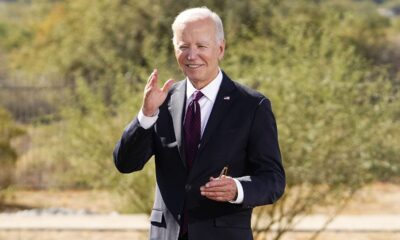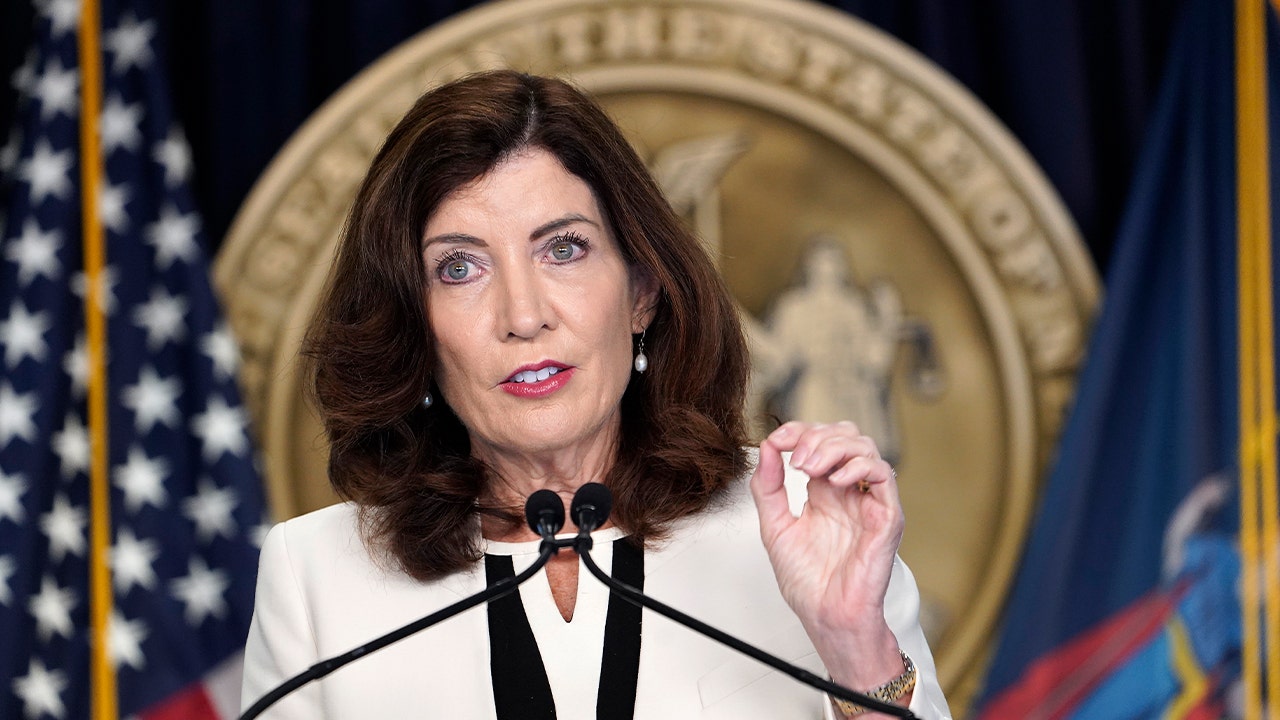The rerouting of global trade from China to ports elsewhere in Asia is leading shipowners to move on from the era of ordering ever-larger vessels and switch to smaller crafts instead.
Just six container ships capable of carrying the equivalent of more than 17,000 20-foot containers, known in industry parlance as TEUs, are due to be delivered in 2025, against 17 delivered in 2020, according to shipbroker Braemar.
At the same time, 83 mid-sized vessels measuring between 12,000 TEUs and 16,999 TEUs are set to be completed in 2025, almost five times the number five years earlier.
“The 16,000-TEU ship will become the popular workhorse for liner companies,” said Jonathan Roach, container market analyst at Braemar, who added that “tepid” global trade and a saturation of “massive ships” had also reduced the appetite for these vessels.
The threat of environmental regulations and trade disruptions — including last year’s attacks on ships in the Red Sea — have also hit demand for the bulkiest carriers, said industry insiders.
That disruption is expected to continue with Donald Trump’s return to the White House this month. The incoming president has threatened to turbocharge tariffs on imports from China.
“We definitely see increased interest away from sourcing only your products from China,” said Peter Sand, chief analyst at shipping market tracker Xeneta, who added that supply chains were spreading to smaller manufacturing hubs elsewhere in Asia.
Sand added: “You can only make economic sense out of ships [of the largest] size if you have got the cargo to fill that up. If you don’t, you are losing money.”
A senior executive at one of Asia’s biggest container shipping lines echoed Sand’s remarks. With manufacturing shifting to India and Vietnam, “it probably makes less sense to expect the largest vessels [to be] filled up in two or three ports”, he said.
The shift follows decades of shipowners ordering ever-larger vessels as global trade boomed — a trend that came to widespread attention when the 220,000-tonne, 20,000-TEU Ever Given ship ran aground and blocked the Suez Canal for six days in 2021.

While mid-sized ships had overtaken the largest in popularity, demand for vessels bigger than 18,000 TEU had picked up again as profits in the container shipping industry soared in 2024.
Seventy-six ships of this size were on order at the start of December, compared with 45 at the same point in 2023, according to Braemar. Mediterranean Shipping Company, the industry leader, alone ordered 10 ships measuring 21,000 TEU in September, according to reports in the shipping trade press.
Shipowners’ earnings have surged after Yemen’s Houthi militant group launched a flurry of attacks on vessels near the Suez Canal, leading liners to divert ships and driving up the cost of shipping as the supply of available vessels dwindled.
But experts said the attacks, launched in a demonstration of support for Palestinians during the war in Gaza, had only emphasised the growing importance of flexibility in the industry.
Ultra-large ships are predominantly used to ferry large Asia-Europe trades through the Suez Canal but would struggle to transit other critical passages such as the Panama Canal.
“The shutting of the Suez Canal has had a serious impact on container shipping,” said William MacLachlan, a partner at law firm HFW who advises clients on shipbuilding. “Smaller ships can respond to macroeconomic events more readily.”
He also pointed to considerable uncertainty over which fuel future ships should be built to run on, with limited supplies of green alternatives.
Shipowners are also unsure about what requirements the International Maritime Organization, the industry regulator, will set to achieve its target of net zero emissions by about 2050.
“I suspect smaller shipowners are thinking: can I justify that investment [in an ultra-large ship]?” said MacLachlan. “The smaller cost of the smaller ships means people are probably less concerned.”






























/cdn.vox-cdn.com/uploads/chorus_asset/file/24982514/Quest_3_dock.jpg)





